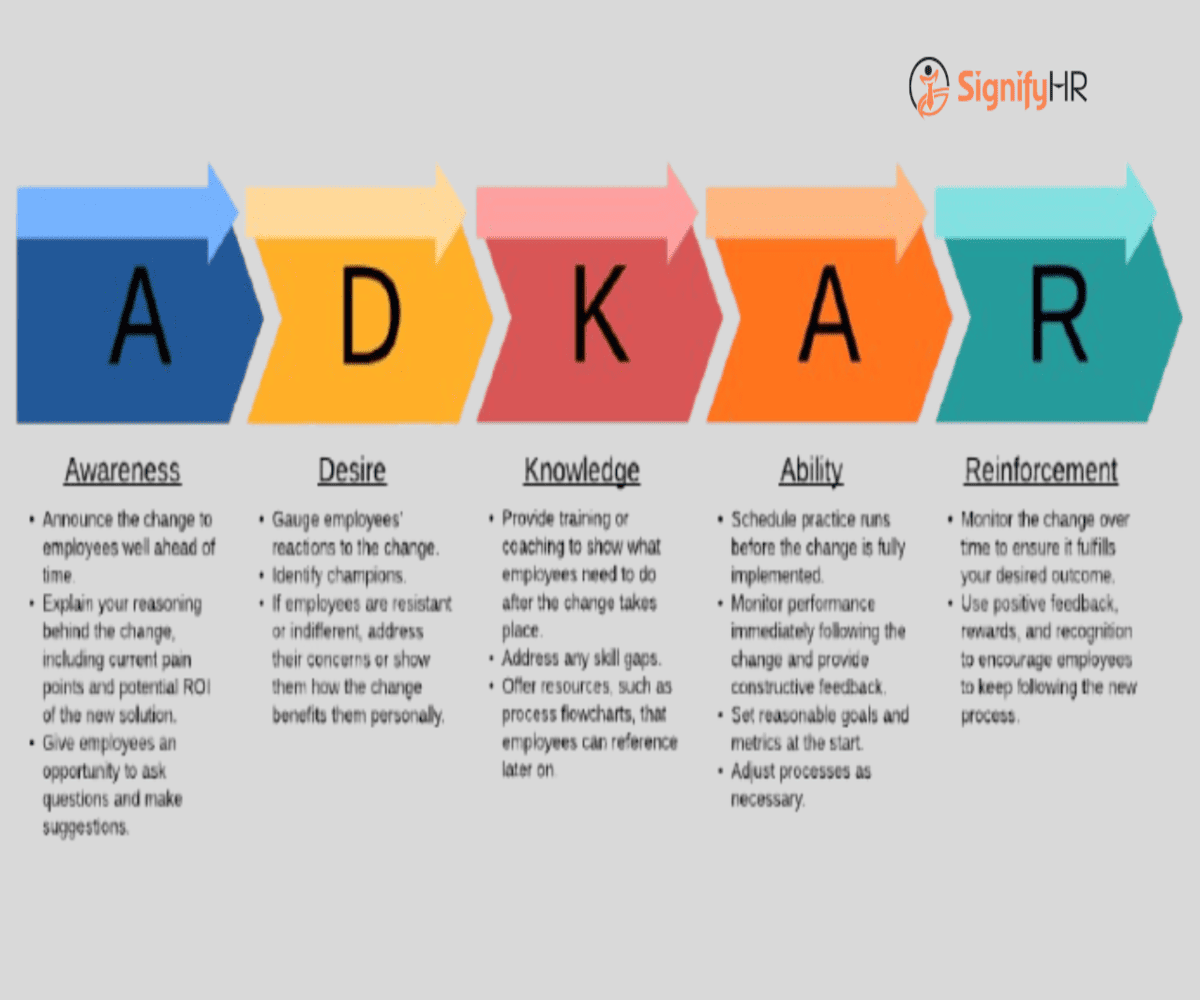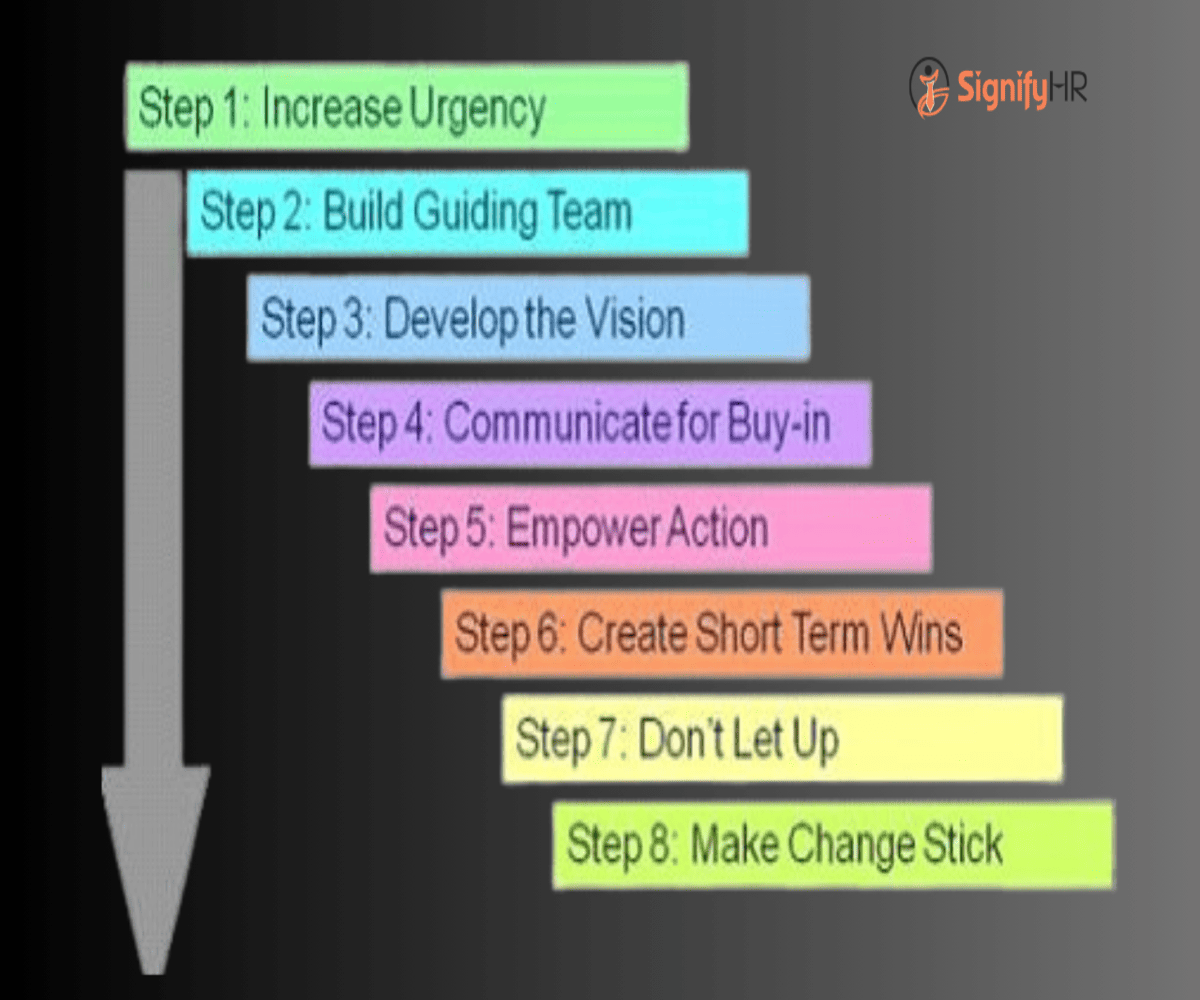Google Ads and Pay-Per-Click (PPC) advertising are powerful digital marketing strategies that help businesses drive targeted traffic, increase brand visibility, and generate leads. This article explores how PPC advertising works, key strategies for success, and best practices for optimizing Google Ads campaigns.
1. Understanding Google Ads & PPC Advertising
Google Ads is an online advertising platform that allows businesses to display ads on Google’s search engine results pages (SERPs), YouTube, and partner websites. Pay-Per-Click (PPC) is a digital advertising model where advertisers pay only when a user clicks on their ad.
Key Benefits of PPC Advertising:
- Immediate traffic and visibility.
- Highly targeted audience reach.
- Flexible budget control.
- Measurable performance and ROI.
- Increased brand awareness and lead generation.
2. Key Components of a Google Ads Campaign
A. Campaign Structure
- Campaigns: The highest level, defining overall budget and targeting settings.
- Ad Groups: Subcategories containing related keywords and ads.
- Ads: The actual text, image, or video content displayed to users.
- Keywords: Search terms triggering ad displays.
- Landing Pages: Destination pages optimized for conversions.
B. Types of Google Ads Campaigns
- Search Ads: Text ads appearing on Google SERPs based on keyword searches.
- Display Ads: Image-based ads shown on Google Display Network (GDN).
- Video Ads: Ads displayed on YouTube.
- Shopping Ads: Product-based ads for e-commerce businesses.
- App Promotion Ads: Ads designed to increase app downloads and engagement.
- Local Ads: Ads promoting local businesses in Google Maps and search results.
3. Effective PPC Strategies for High ROI
A. Keyword Research & Optimization
- Use Google Keyword Planner to find high-intent keywords.
- Focus on long-tail keywords to capture specific searches.
- Implement negative keywords to filter irrelevant traffic.
B. Ad Copywriting Best Practices
- Write compelling, clear, and action-driven ad headlines.
- Highlight unique selling propositions (USPs) and offers.
- Use ad extensions like callouts, site links, and structured snippets to enhance visibility.
C. Landing Page Optimization
- Ensure fast loading times and mobile responsiveness.
- Use clear CTAs (Call-to-Actions) to drive conversions.
- Align landing page content with ad messaging for consistency.
D. Bidding Strategies & Budget Management
- Choose from bidding strategies like Manual CPC, Enhanced CPC, Target CPA, and Maximize Conversions.
- Set daily budgets to control spending.
- Adjust bids based on device, location, and time of day.
E. A/B Testing & Ad Performance Optimization
- Test different ad variations to find the best-performing creatives.
- Optimize Quality Score by improving ad relevance and landing page experience.
- Regularly review performance metrics and adjust strategies accordingly.
4. Measuring & Analyzing PPC Performance
Key PPC Metrics to Track:
- Click-Through Rate (CTR): Percentage of users who click on ads.
- Quality Score: Google’s rating of ad relevance, keyword choice, and landing page experience.
- Cost-Per-Click (CPC): The amount paid per click.
- Conversion Rate: Percentage of users who complete a desired action.
- Return on Ad Spend (ROAS): Revenue generated per dollar spent.
5. Common PPC Mistakes to Avoid
- Poor keyword selection leading to irrelevant traffic.
- Ignoring negative keywords, increasing wasted ad spend.
- Not optimizing landing pages for conversions.
- Setting unclear campaign goals and KPIs.
- Ignoring regular performance analysis and adjustments.
Final Thoughts
Google Ads and PPC advertising are essential tools for businesses looking to achieve immediate online visibility and targeted traffic. By implementing effective keyword strategies, compelling ad copy, optimized landing pages, and data-driven optimizations, businesses can maximize their PPC success.
Want to master Google Ads? Enroll in our Advanced Google Ads & PPC Marketing Course to gain expert-level knowledge and drive high-performing campaigns!










